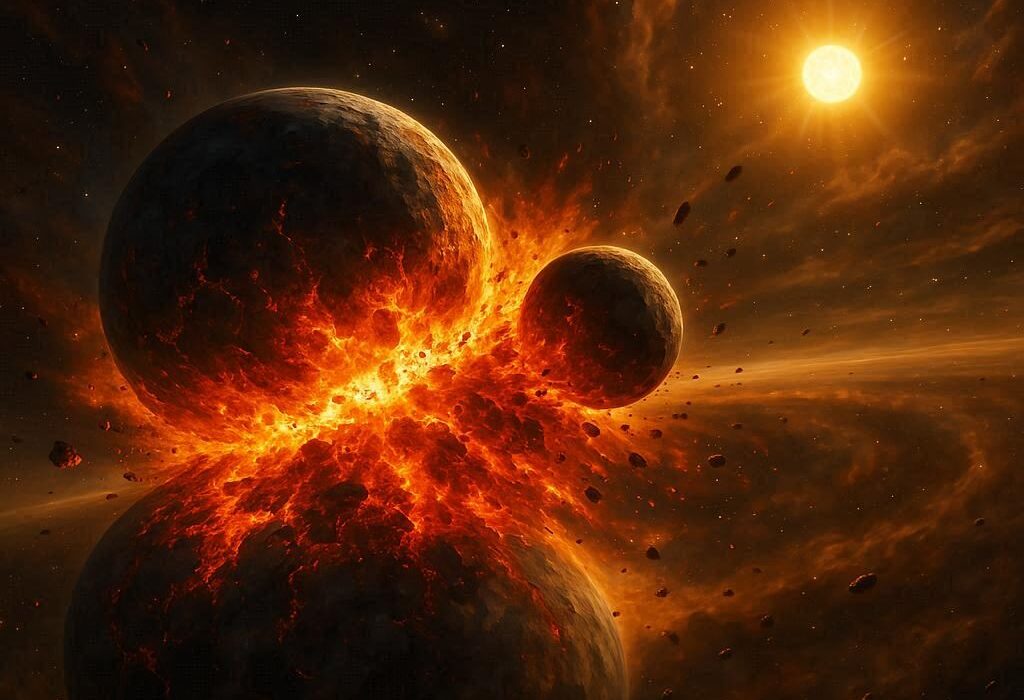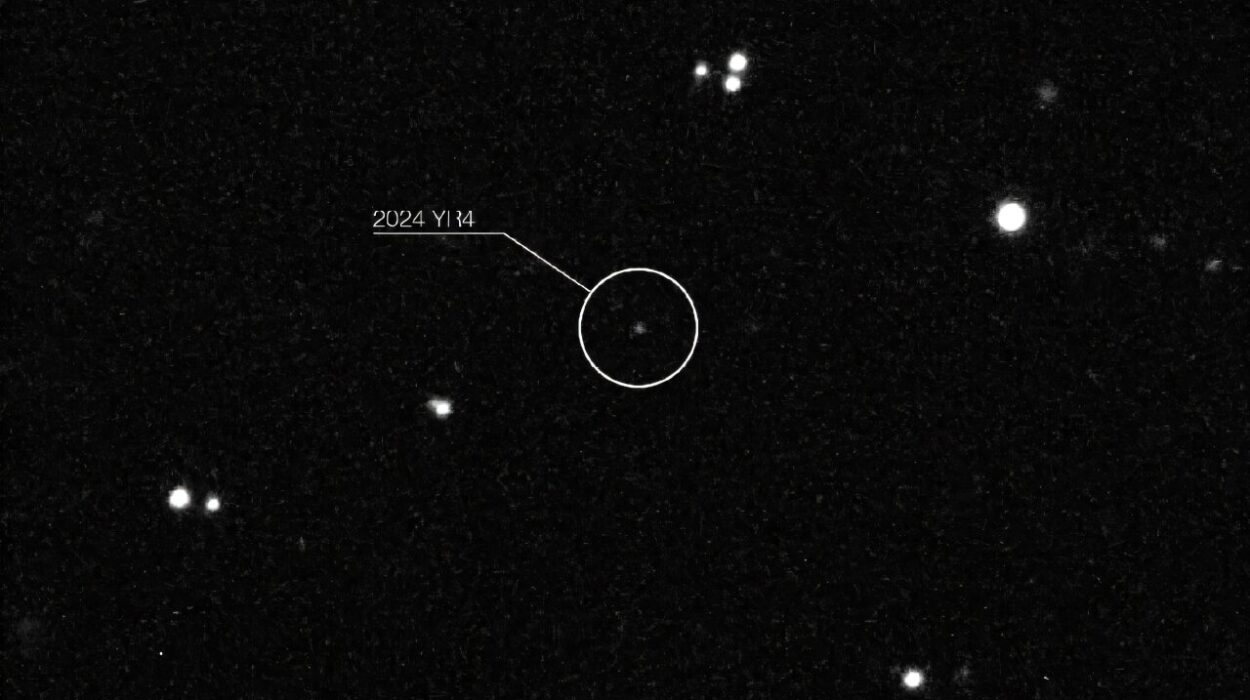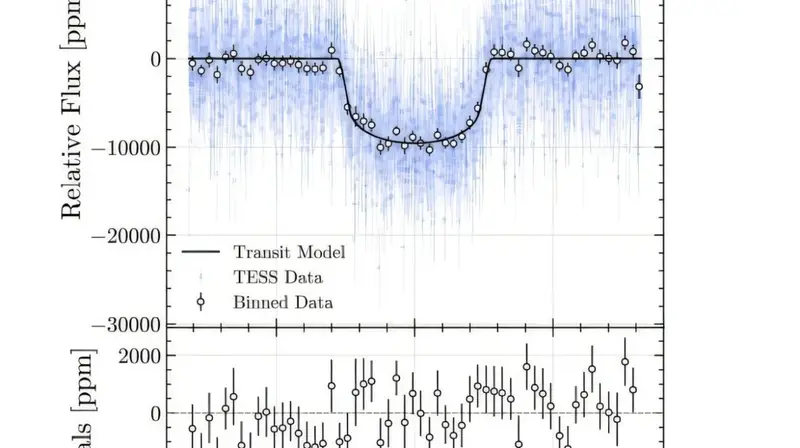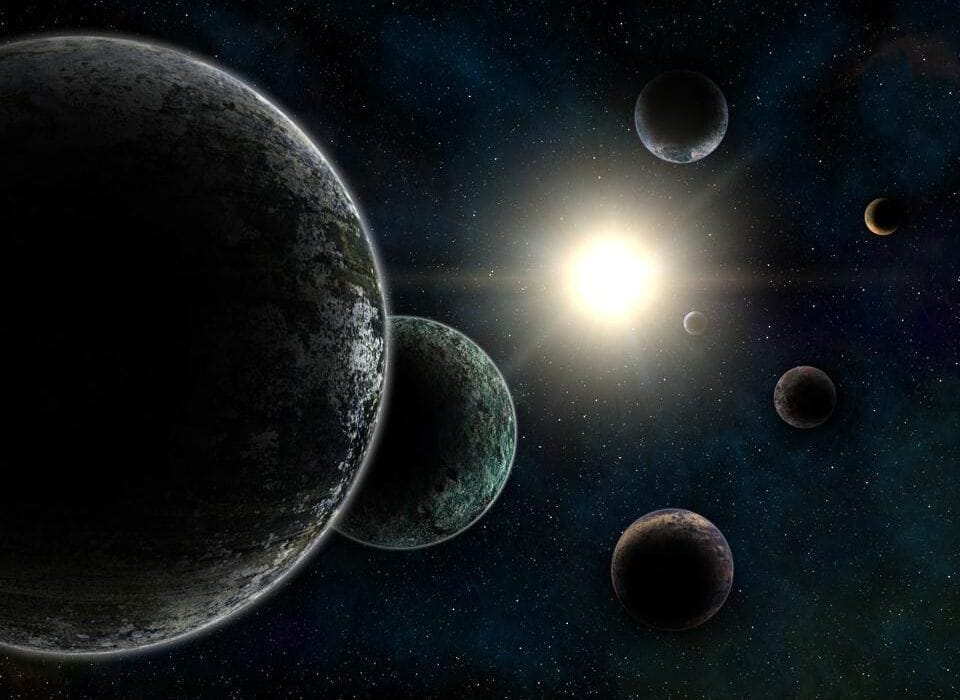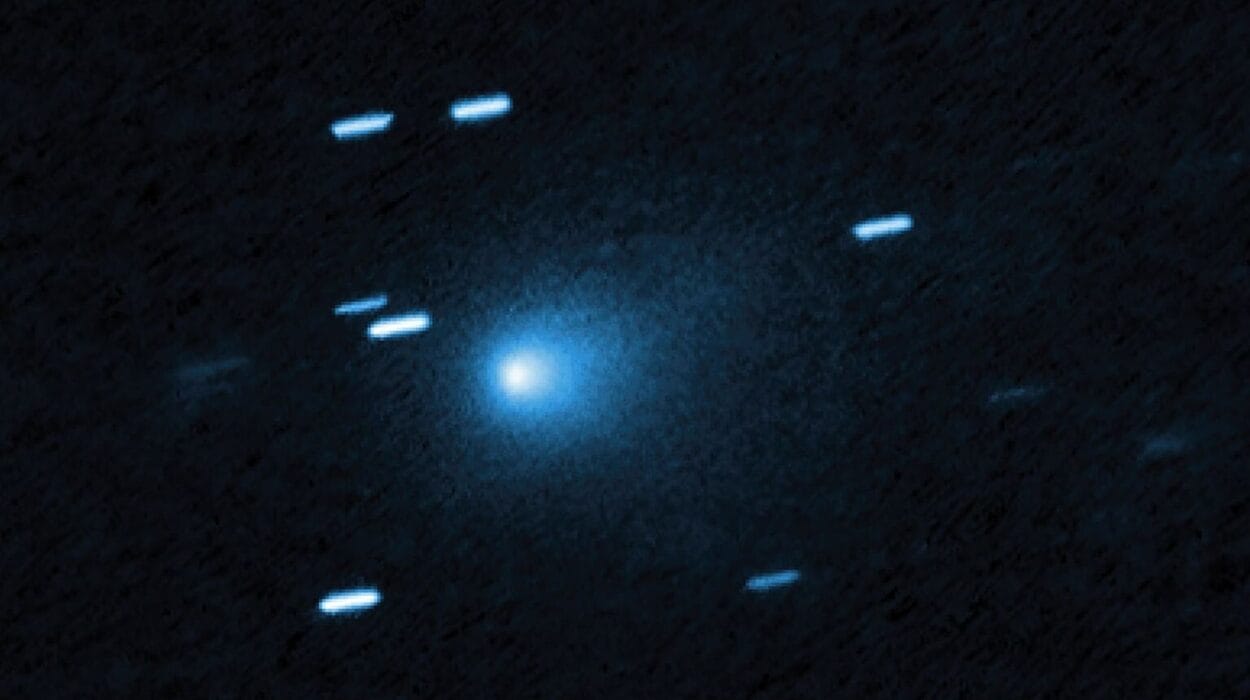Black holes are the most extreme objects in the universe—regions where gravity becomes so intense that nothing, not even light, can escape. For decades, they were viewed as cosmic oddities, fascinating and terrifying but largely isolated from the larger workings of the universe.
Then came a revolution.
In the past two decades, astronomers have discovered something astonishing: black holes—especially the supermassive kind lurking in the hearts of galaxies—play a central role in sculpting the very structures of galaxies themselves. Far from being passive sinks of matter, black holes are cosmic engines, regulators, and even creators. They don’t merely reside in galaxies—they define them.
This article explores five profound, mind-bending ways in which black holes shape galaxies, from birth to death, from the smallest starbursts to the largest cosmic webs.
1. Black Holes as Galactic Architects: The Role of Supermassive Giants
At the heart of nearly every large galaxy lies a monster: a supermassive black hole, with masses ranging from millions to billions of times that of our Sun. These black holes are no quiet residents. They are gravitational titans, and their presence can influence a galaxy’s structure, its dynamics, and even its fate.
One of the most surprising discoveries in modern astrophysics is the tight correlation between the mass of a galaxy’s central black hole and the properties of its bulge—the dense, central region of stars. This includes the galaxy’s velocity dispersion (how stars move within it), its luminosity, and its total stellar mass. This correlation, known as the M–sigma relation, suggests a deep connection between the black hole and the galaxy’s growth.
But how does a black hole, typically small compared to the size of a galaxy, influence something millions of times larger?
The answer lies in feedback. As matter falls into a supermassive black hole, it doesn’t just vanish. Before crossing the event horizon, this matter heats up, forming a glowing accretion disk that emits enormous energy in the form of radiation, jets, and winds. This process, known as an active galactic nucleus (AGN), can radiate more energy than all the stars in the galaxy combined.
This energy has immense consequences. It can push gas away from the center of the galaxy, suppress star formation, and regulate the inflow of material. In essence, the black hole acts as a thermostat, preventing the galaxy from growing too fast or too wildly. It doesn’t merely sit in the middle of the galaxy—it sculpts it.
2. Cosmic Quenching: How Black Holes Shut Down Star Formation
Galaxies are vast star factories. Over billions of years, cold molecular gas condenses under gravity to form new stars. But in many galaxies, star formation mysteriously halts—even when plenty of gas remains. Astronomers have long wondered: what shuts off these cosmic nurseries?
Once again, black holes are the prime suspects.
When a supermassive black hole enters an active phase, it can launch powerful jets of high-energy particles that shoot out at near light speed, sometimes stretching for thousands of light-years. These jets plow through the galaxy’s gas, heating it up and driving it away from the central regions. Hot gas does not collapse into stars; it floats, inert, in the galactic halo.
In other cases, the AGN creates radiation pressure that pushes gas outward or drives galactic winds—massive flows of charged particles that sweep through the galaxy, clearing out the raw material needed for star formation.
This process is called AGN feedback, and it’s one of the primary mechanisms believed to cause galactic quenching—the sudden or gradual cessation of star birth.
Evidence for this is mounting. In many “red and dead” elliptical galaxies, black holes have been caught in the act, spewing energy into their surroundings while star formation grinds to a halt. Galaxy simulations like Illustris and EAGLE show that without AGN feedback, massive galaxies grow too large and form too many stars—diverging from what we observe in the universe.
So while stars are born from clouds of gas, their birth can be snuffed out by the invisible hand of the black hole within.
3. Galactic Cannibalism: Black Holes Merge and Stir the Cosmos
Galaxies are not static islands in the universe. They collide, merge, and grow through cosmic cannibalism. And when they do, so do their central black holes.
When two galaxies merge, their supermassive black holes spiral toward one another, eventually forming a binary black hole system. Over time, gravitational radiation robs them of energy, drawing them closer until they finally coalesce in a cataclysmic event, releasing gravitational waves—ripples in space-time that travel across the cosmos.
These black hole mergers don’t just shake the fabric of space—they transform galaxies.
The violent interactions during mergers trigger starbursts, feeding the central black holes with fresh gas and activating them as AGNs. These outbursts can again heat and disperse gas, quenching further star formation and altering the galaxy’s morphology. Spiral galaxies become ellipticals. Thin disks become puffed-up spheroids. In short, mergers turn galaxies into new forms.
Moreover, the coalescence of two black holes doesn’t always result in a quiet merger. The final black hole can receive a gravitational recoil kick—a sudden jolt caused by asymmetric gravitational wave emission. This kick can be strong enough to eject the black hole from the galaxy entirely, leaving behind a galaxy with no central black hole.
Recent Hubble observations and gravitational wave detections from LIGO/Virgo are beginning to uncover these phenomena. We now know that black hole mergers aren’t rare—they’re a fundamental part of how galaxies evolve.
4. Seeding the Cosmos: Black Holes in the Early Universe
One of the great mysteries in cosmology is how supermassive black holes formed so early in the universe. We’ve detected quasars—hyper-luminous AGNs powered by black holes a billion times the mass of the Sun—existing less than a billion years after the Big Bang. How did they grow so fast?
There are several hypotheses:
- Direct collapse: Giant clouds of primordial gas collapse directly into black holes without forming stars first.
- Population III remnants: The first stars—massive and short-lived—may have collapsed into intermediate-mass black holes that rapidly grew.
- Runaway mergers: Dense clusters of early stars collide repeatedly, forming a seed black hole.
However they formed, these early black holes became beacons of light in the darkness, illuminating the young universe and influencing its structure.
Their intense radiation could ionize surrounding hydrogen, creating bubbles of reionized gas that eventually merged into the transparent universe we see today. Their outflows may have heated and stirred early gas clouds, affecting when and where new galaxies could form.
In this way, black holes weren’t just byproducts of galaxy formation—they may have been co-architects of the early cosmic landscape, shaping the first galaxies as they emerged from primordial chaos.
5. Cosmic Web Builders: Black Holes and the Structure of the Universe
Zoom out far enough, and galaxies are not scattered randomly. They lie along filaments of dark matter and gas—the cosmic web. In between lie vast voids, empty of stars. This large-scale structure is governed by gravity, dark matter, and the expansion of space.
But black holes, through their feedback mechanisms, play a critical role in shaping how galaxies populate this web.
Cosmological simulations show that AGN feedback doesn’t just affect individual galaxies. When many galaxies in a cluster host active black holes, their combined outflows can alter intergalactic gas—the material that feeds other galaxies along the filaments.
This means black holes can regulate star formation across entire clusters, not just single galaxies. Their energy heats the intracluster medium, preventing it from cooling and condensing into new stars.
Moreover, the growth of black holes is tightly coupled with dark matter halos. Galaxies reside within these invisible cocoons, and the most massive halos host the most massive black holes. This relationship hints at a deep interplay between dark matter structure and black hole evolution.
Even gravitational wave astronomy is beginning to unveil the structure of this cosmic web. The distribution of black hole mergers observed by detectors like LIGO and Virgo may reflect underlying galactic clustering, giving us a new window into cosmic architecture.
In short, black holes are not just the endpoints of matter—they are drivers of structure, whispering across millions of light-years to shape the universe’s grand design.
Conclusion: Black Holes—The Hidden Sculptors of the Cosmos
For centuries, black holes were thought of as cosmic curiosities—bizarre byproducts of stellar death, lurking silently in the dark. But we now know the truth is far more profound.
Black holes are engines, architects, regulators, and even cosmic midwives. They birth stars and quench them. They sculpt galaxies and reshape them. They guide the evolution of structure on scales we’re only beginning to grasp.
In the heart of every massive galaxy, in the depths of colliding clusters, in the early flickers of the young universe, black holes have left their imprint—not as destroyers, but as creators of complexity.
They challenge our understanding of physics, space, and time. They connect the small to the vast, the violent to the beautiful.
And they remind us that in the universe, the invisible often holds the greatest power.

